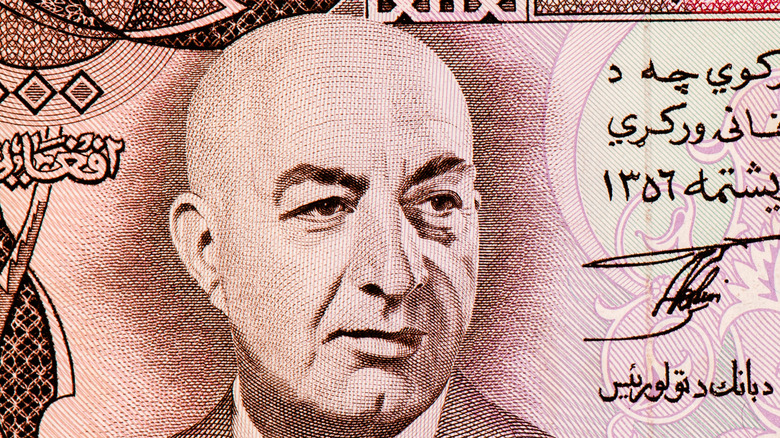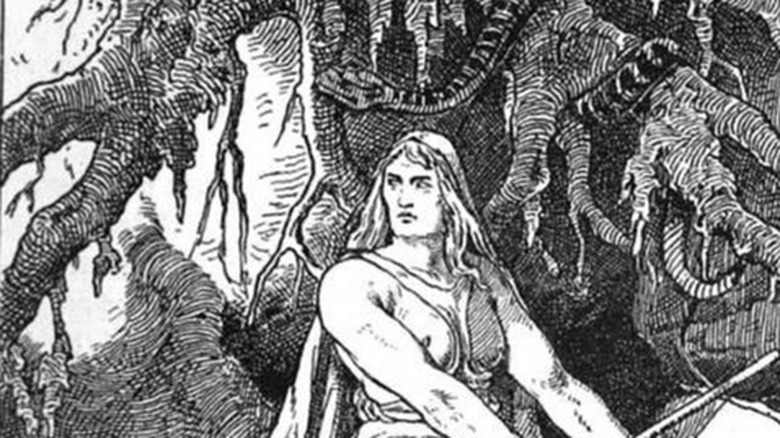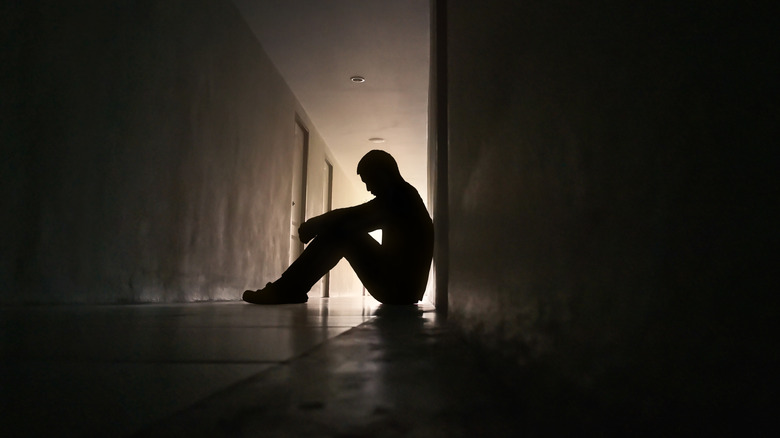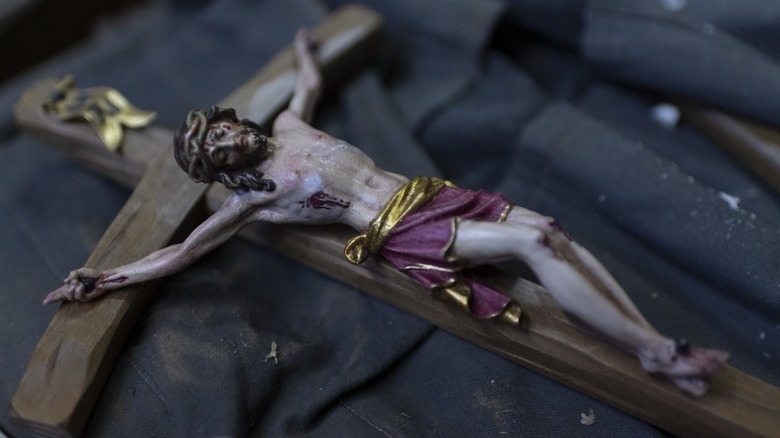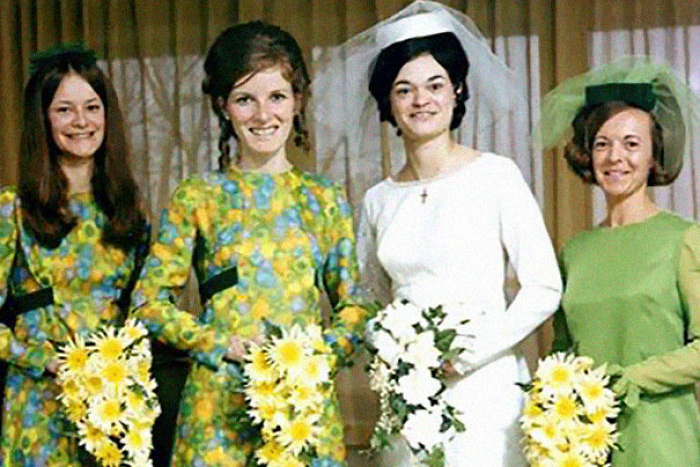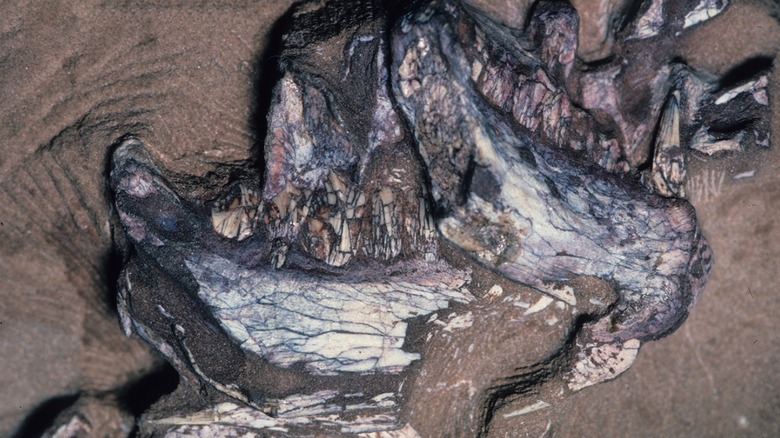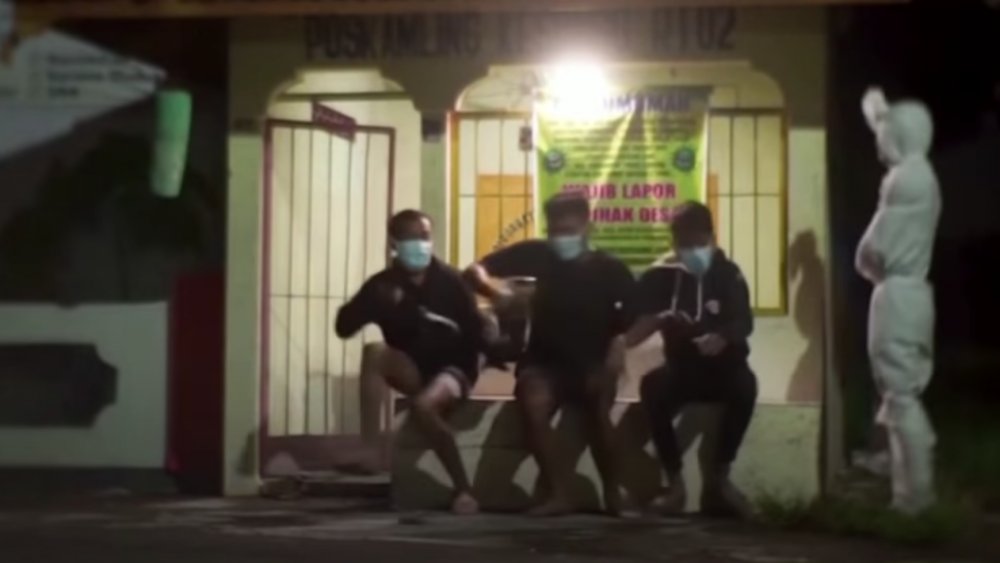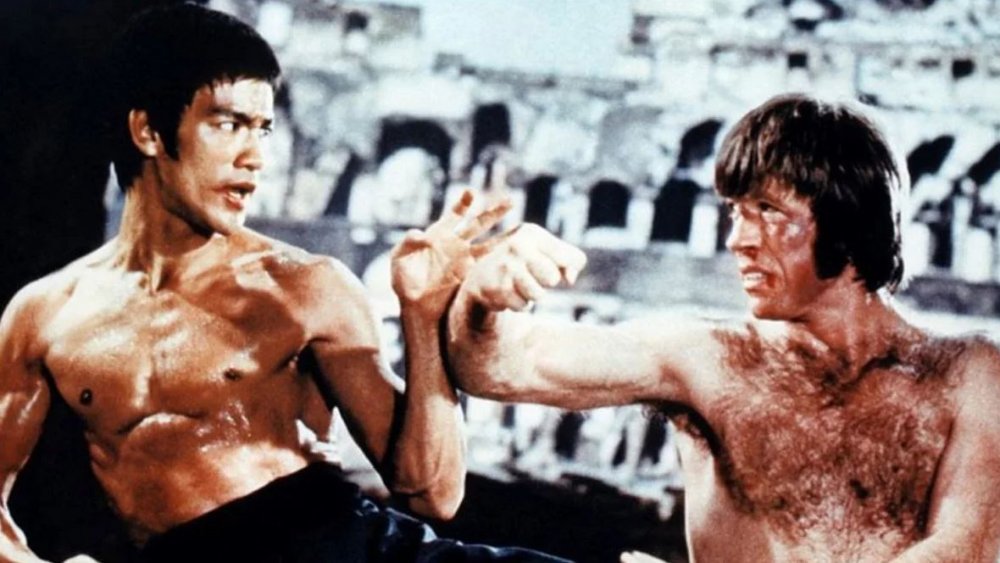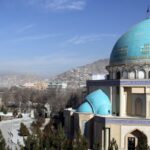
The Truth About Afghanistan’s ‘Golden Age’
The 2021 fall of Afghanistan marks the return of Taliban governance over the country after 20 years on the defensive (via Business Insider). Their de-facto control over most of the region was diminished in 2001 after the American invasion, which the Bush administration and beyond hoped would lead to democratization. With the speed of the Taliban advance — coupled with the political turmoil within the U.S.-backed government — it is easy to assume that efforts to westernize Afghanistan were always doomed to fail.
However, there is more to Afghanistan’s recent past than governance by either brutal domestic terrorists or weak-willed foreign powers. For over 40 years, Afghanistan increasingly enjoyed a period of relative peace and western-style society, interrupted by comparatively occasional attacks and assassinations. In an article for The New York Times, Elizabeth Bumiller recounts the history of Afghanistan’s “Golden Age,” and how the Cold War crushed any hopes that extremism could be kept at bay.
Soviet invasion and American armament doomed Afghani prosperity
The 1950s and 1960s are remembered as the pinnacle of social liberty in Afghanistan, when conservative and liberal elements in the country orchestrated a careful balance between themselves, per The Atlantic. In public, men and women could dress as they saw fit, and education was accessible to the latter. Even after the Kingdom of Afghanistan was deposed in a 1973 coup, social freedoms were still enjoyed under the new one-party republic. It wasn’t until 1978 that Afghanistan began its plunge toward constant war and theocratic repression. After decades of dueling monetary aid from America and the Soviets, the latter opted to try and take direct control.
That year, a Soviet-backed coup left Afghan president and 1973 coup organizer Mohammed Daoud Khan (pictured above) dead. The following year, the Soviets invaded to support the new Democratic Republic of Afghanistan. While civilians under Communist rule managed to maintain a better quality of life than subsequent generations, the war made suffering universal. The American-supplied Mujahideen and the Soviet military brutalized each other until 1989, when the latter could no longer finance the campaign. The DRA collapsed in 1992, a year after the Soviets, giving the Taliban and other extremists the vacuum needed to install themselves as Afghanistan’s dominant power by 1996.
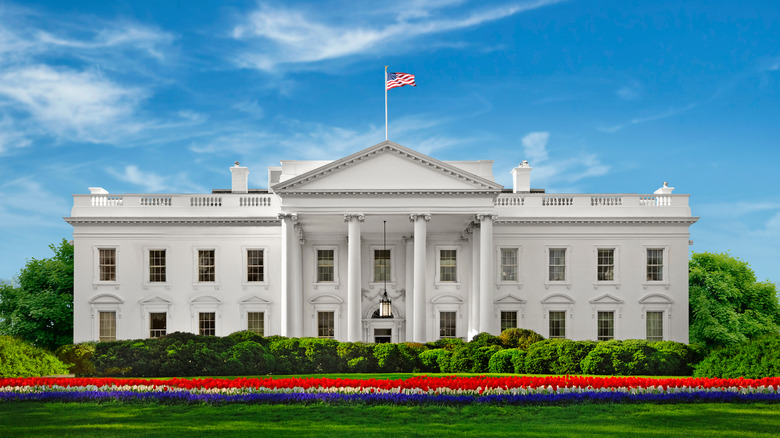
How The Deaths Of These 3 Presidents Are Surprisingly Connected

Did Jesus Have Siblings?
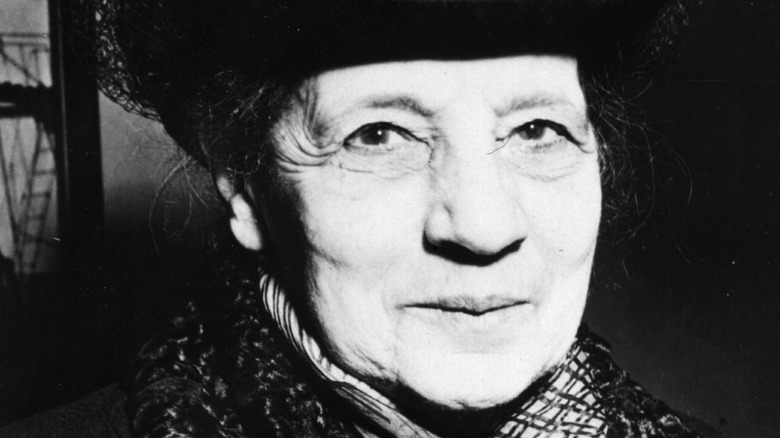
The Truth About The Woman Who Figured Out Nuclear Fission
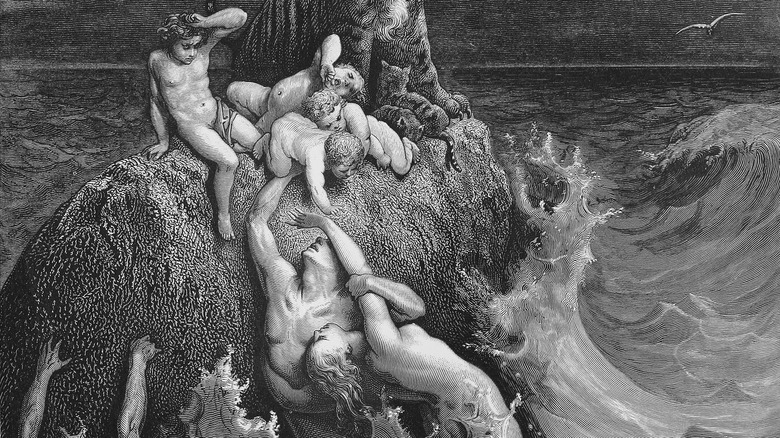
The Interesting Truth About The Black Sea Deluge

Why Natalee Holloway's Disappearance Remains Unsolved

These Were The Perks Of Being A Medieval Knight
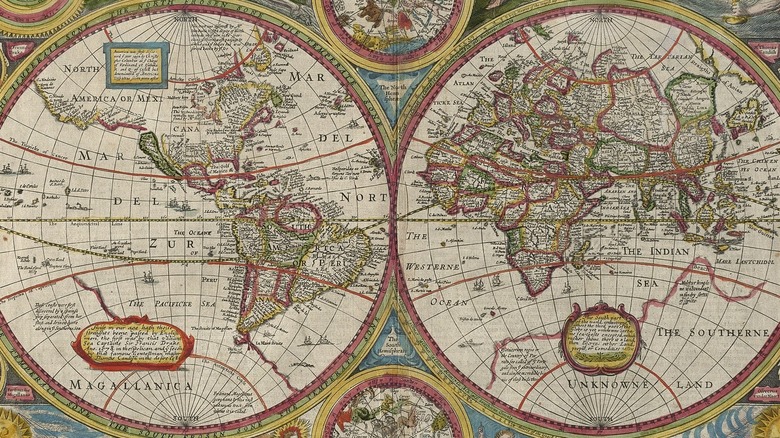
Here's Why The Pope Once Split The World In Two
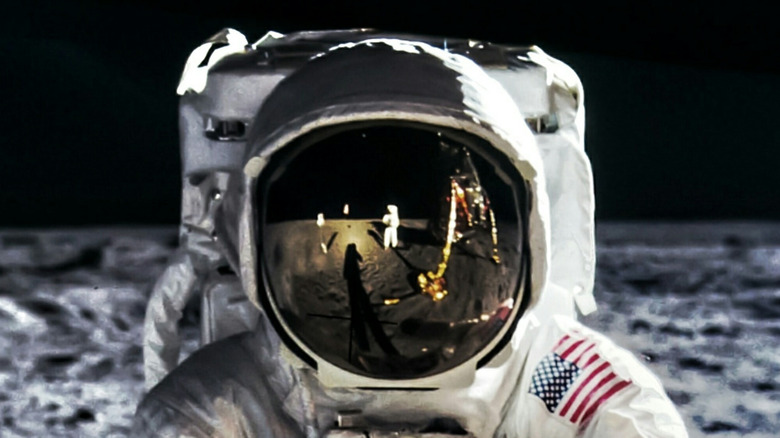
How Many Times Have We Walked On The Moon?
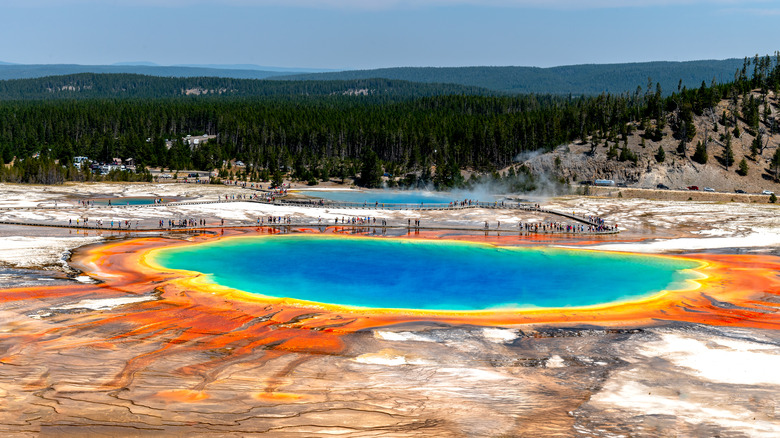
How Many Volcanic Eruptions Have Occurred At Yellowstone?
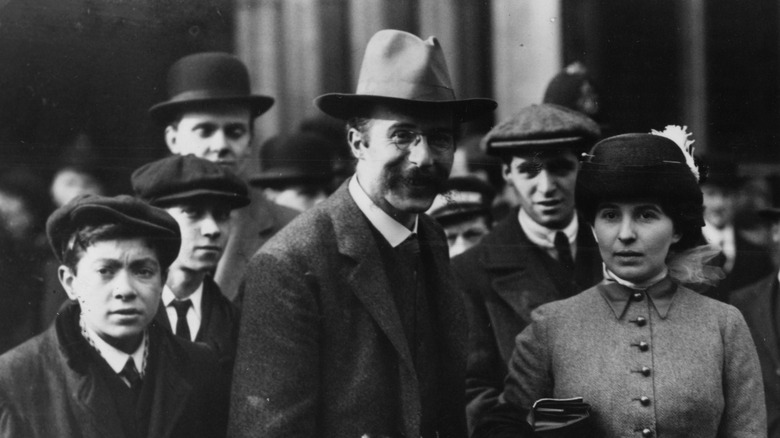
The Double Life Of The Children's Author Who Spied For The British
